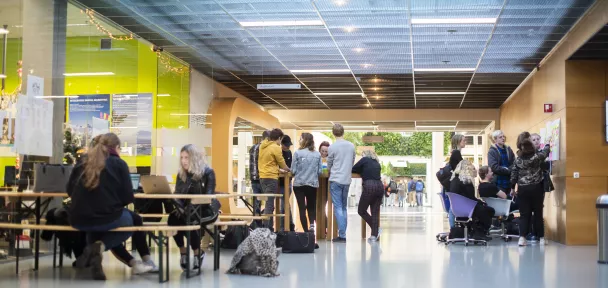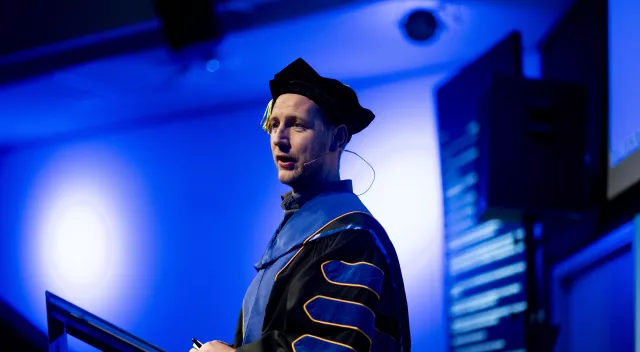
Computer vision revolves around the visual perception of the world through the use of image processing algorithms. Typically, the goal is to automatically analyze properties of objects in a wide variety of contexts. This enabling technology has many applications: disease and insect classification in agriculture, bacterial colony counting in water samples, optically measuring blood flow during surgery, recognizing polymer types using hyper-spectral camera technology, detecting anomalies in x-ray images, analyzing behavior of traffic to improve safety, which are just a few examples of the exciting applications the professorship Computer Vision & Data Science (CV&DS) worked on.
Recent advancements in artificial intelligence (AI) show that learning from data achieves groundbreaking results on almost all applications, particularly in notoriously difficult fields like computer vision, natural language processing and audio processing. The main ingredients needed for the successful application of AI are models, data, human resources and a lot of computing power.
Research assignment
The professorship CV&DS is at the forefront of applied research in its field. With over two decades of experience in helping companies integrate image processing and AI into their organizations, we continue to follow our main mission:
“To share and broaden the collective knowledge on Artificial Intelligence and Computer Vision through cutting-edge applied research by solving real-life challenges in a team of students, teacher-researchers and companies.”








